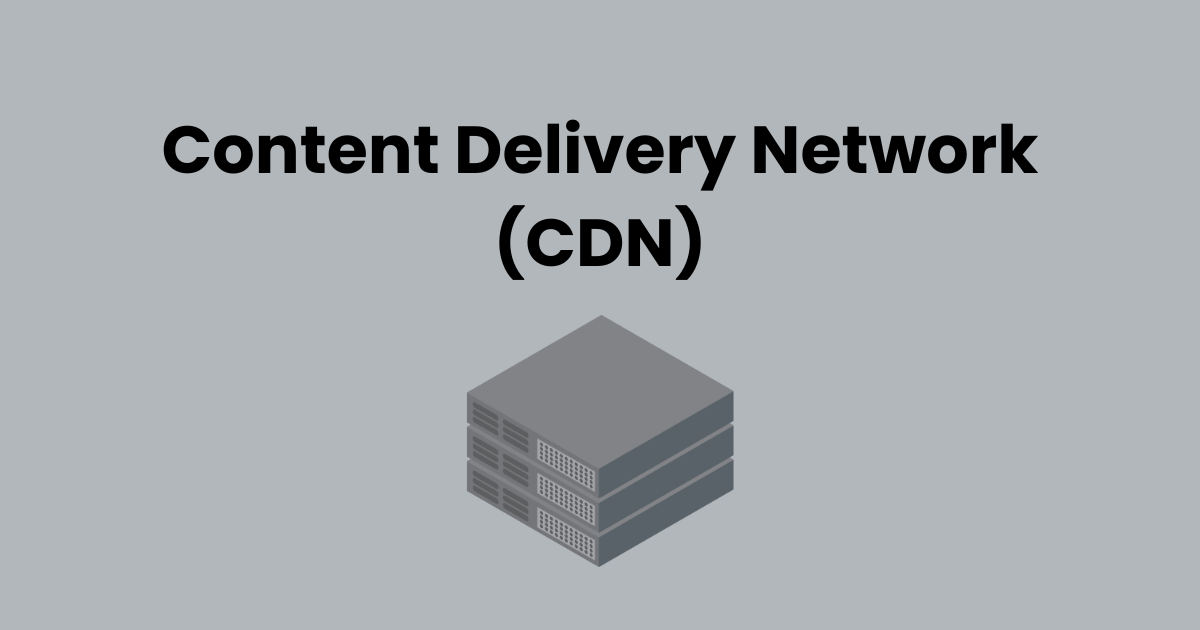In our digitally driven era, where speed, efficiency, and reliability are paramount for online experiences, the backbone supporting this seamless web navigation often goes unnoticed. Enter the unsung hero of the internet world: the Content Delivery Network, commonly known as CDN. If you use any kind of social media network or online OTT platforms, chances are, at some point you might have thought that ‘the system is so smooth and streams so fast’, well, that is with the help of these CDNs.
This advanced network infrastructure is ingeniously designed to distribute and deliver web content and services to users with high availability and high performance. By caching content in multiple geographic locations with a content distribution network and serving it to users from the nearest server, CDNs drastically reduce loading times, improve website reliability, and easily handle large volumes of traffic. As we delve deeper into understanding CDNs, it’s clear that they are pivotal in making the fast-paced, instant-access digital world a reality.
How does a CDN work?
In the fast-paced digital arena, where every second counts towards maintaining user interest and engagement, the speed at which content is delivered to users is paramount. This is where a Content Delivery Network (CDN) comes into play, revolutionizing how content is distributed across the internet. At its core, a CDN comprises a network of strategically positioned servers, known as edge servers, designed to cache content from an origin server.
When a user requests a webpage, instead of routing this request to the origin server where the webpage is hosted, the CDN redirects it to the nearest edge server. This drastically reduces the distance data travels, significantly improving page load times and ensuring a smoother, more efficient delivery of content to users. CDN service providers manage these networks, continuously optimizing them to offer the best possible performance. By leveraging the power of CDN, businesses and content creators can ensure their audience receives a seamless browsing experience, no matter where in the world they are located.
The benefits of a CDN (content delivery network)
In today’s digital age, where the speed and reliability of content delivery can be the difference between success and failure, Content Delivery Networks (CDNs) have emerged as indispensable tools for businesses and content creators worldwide. A CDN is a network of web servers strategically distributed across various geographical locations, designed to deliver web content and services to users more efficiently. The primary purpose is to reduce latency by serving content from a server closest to the user, thereby significantly improving site speed and user experience.
However, the benefits of utilizing a CDN extend well beyond just speed. They also play a crucial role in scaling content delivery to meet sudden spikes in demand without compromising performance, enhancing the overall reliability and uptime of websites. Moreover, they offer enhanced security features to protect against common threats like Distributed Denial of Service (DDoS) attacks, thus ensuring that your website remains accessible and secure. Whether for a small blog or a large e-commerce platform, incorporating a CDN into your digital strategy can lead to profound improvements in engagement, conversions, and ultimately, customer satisfaction.
What internet content can a CDN deliver?
In today’s digitally dominated era, Content Delivery Networks (CDNs) are the backbone of the internet, ensuring that content is delivered to users swiftly and efficiently, regardless of their location around the globe. A CDN is a network of servers strategically distributed worldwide, designed to cache and deliver a wide array of internet content to end-users with minimized delays. From websites laden with high-resolution images and streaming high-definition videos to downloadable files, software patches, and even the dynamic, user-driven content of social media platforms and e-commerce sites, CDNs play a pivotal role.
They not only enhance the user experience by reducing loading times but also help in managing the scalability challenges faced by content providers during peak traffic times. This article delves into the diverse types of internet content that a CDN can deliver, highlighting its indispensable role in our everyday digital interactions.
Who should use CDN?
In today’s rapidly evolving digital world, website performance and speed are more critical than ever for delivering a positive user experience. As businesses and content creators strive to reach a global audience with their content distribution, the demand for faster loading times and seamless accessibility becomes paramount. This is where Content Delivery Networks (CDNs) come into play, offering a solution that boosts website efficiency regardless of a user’s geographic location.
But, who stands to benefit most from incorporating a CDN into their digital strategy? Whether you’re a large enterprise with high traffic volumes, an e-commerce platform aiming to reduce cart abandonment rates, a media organization distributing content worldwide, or a small business seeking to enhance your online presence, a CDN might be the tool you need to stay competitive in the digital landscape. Understanding who should use a CDN is the first step in optimizing your website’s performance and ensuring your content reaches your audience effectively.





